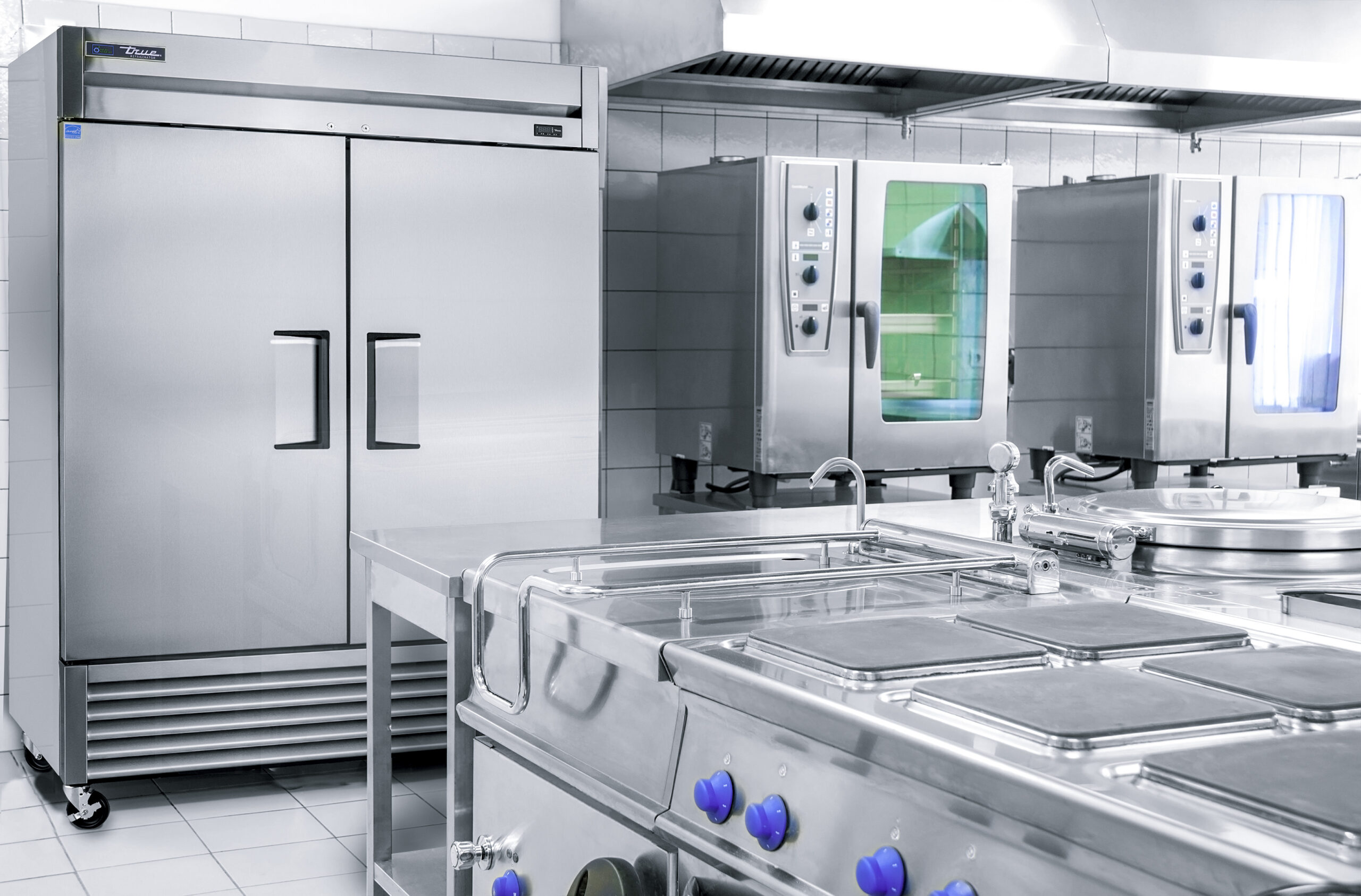
Through legislation, governing bodies are mandating the phase out of environmentally harmful gasses and setting minimum energy performance standards, ensuring new products which are brought to market offer progressively greener credentials.
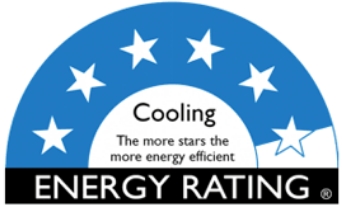
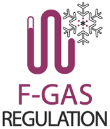


Refrigeration products in your business may be operating on environmentally unfriendly refrigerant gasses, which if leaked (a common occurrence during service work or wear & tear over time) can be very harmful to the environment, so much so, that many gasses traditional used in commercial cooling and heating have now been banned from sale in new equipment under the F-Gas Regulation.
Older products are also likely much less energy efficient than modern equivalents, with a legal mandate in recent years to reduce the amount of electricity used by commercial refrigeration equipment. In Europe and the UK specifically, many forms of professional cooling equipment fall under the Ecodesign Directive (2009/125/EC) and Energy Labelling Regulation (EU) 2017/1369), governmental mechanisms for ensuring minimum energy performance and incremental product efficiency improvement.
The F-Gas Regulation aims to reduce Global Warming emissions caused by refrigerants typically found in heating and cooling applications, including commercial refrigeration equipment. It mandates a schedule of gradual phasedowns and outright bans over an agreed time period, to reduce the consumption of, and change the way in which the industry is allowed to use, these environmentally unfriendly gasses.
In effect since 2015, the eventual goal is a reduction in the use of HFCs (hydrofluorocarbons) of 79% by 2030, encouraging equipment manufacturers, service companies and operators to adopt technologies operating on refrigerants with significantly lower Global Warming Potential (GWP).
Big changes came into effect on January 1, 2020, banning the sale of new commercial refrigeration equipment operating on R404A refrigerant, the most widely used gas in commercial cooling at the time, due to its very high GWP.
The next big date for F-Gas was January 1, 2022, when sales of new coolers using R134a was similarly banned.
These mandates mean that only equipment operating on environmentally friendly refrigerant gasses (such as hydrocarbons) should be on the market today, however consumer vigilance is still required. Depending on the componentry of the product, there can still be significant differences in the amount of electricity consumed by two similar looking cabinets.


Consumers will be familiar with the “Letter grade” labelling found on many electronic products sold throughout Europe, including washing machines, domestic refrigerators, lighting and televisions.
Since 2016, some commercial cooling equipment categorised as ‘Professional Refrigerated Storage Cabinets’ have also been required to have labels, allowing operators to more easily benchmark and compare running costs of similar products on a like-for-like basis. From March 1, 2021, the Energy Labelling Regulation was extended to also require labels on glass door and “doorless” multideck coolers (i.e. ‘Fridges and Freezers with Sales Function’), with different requirements depending on if the cabinet is holding food goods or just beverages.
Our Energy and Greenhouse Gas Equivalencies Calculator for Commercial Refrigeration can help you compare operating costs and the environmental impact of available products.
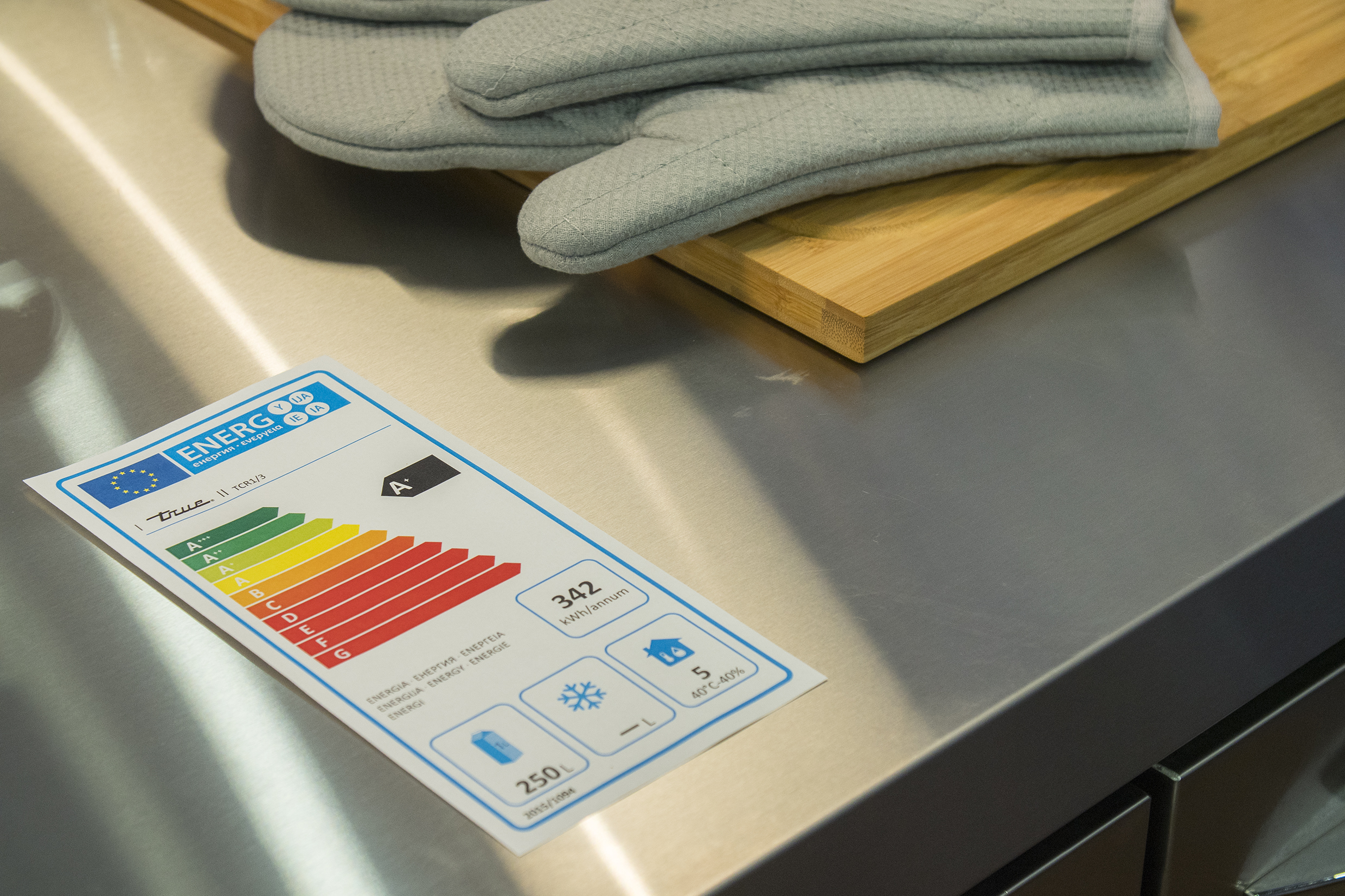
Behind the scenes of the labelling requirement, manufacturers have been required since 1 January 2019 to register applicable products with the European Product Database for Energy Labelling (EPREL), before selling them on the European market.
EPREL is the European Commission’s method of ensuring compliance for products which enter into and/or are sold on the European market. In order for a product to be registered and approved, manufacturers must evidence that the product has the required certifications and prove that the product meets minimum energy and performance standards.
March 2021 saw several changes, including opening the EPREL website up to the public to search and compare labels, and introduced scannable QR codes for some products, linking to further product information on the site.
It is important for consumers to confirm that applicable products have labels published and are listed on EPREL before purchasing. This is your proof the product meets minimum performance standards and is lawfully placed on the European market.
Today, commercial refrigeration has a mix of the two different label types (and two separate sections on the EPREL site), with ‘Fridges and Freezers with Sales Function’ type products on the new style (A to G scale with QR code) label and ‘Professional Refrigerated Storage Cabinets’ still on the older (A+++ to G scale) label (expected to transition in coming years).
Consumers should be aware that the ‘Fridges and Freezers with Sales Function’ product labelling category applies to a wide range of food retail cabinets including glass door and “doorless” multideck merchandising coolers and freezers (known as ‘Supermarket Cabinets’), as well as other types such as Beverage Coolers, Refrigerated Vending Machines and Ice-cream Freezer cabinets.
Despite these very different applications, the label for all of these different product types is almost identical and they are all grouped together in EPREL.
When comparing, it is very important that the two products belong to the same category, for example a ‘Supermarket Cabinet’ should not be compared against a ‘Beverage Cooler’ or ‘Refrigerated Vending Machine’. This application “type” is not specified anywhere on the label but can be found on the products’ EPREL page.
True’s wide range of display refrigeration products are designed, tested and approved for the retail merchandising of packaged food products, listed on EPREL as ‘Supermarket Cabinets’. We do not manufacture products specifically for beverage merchandising, although some operators do prefer the superior pull-down and colder holding temperatures of our products for this application.
For more tips on ensuring you are comparing products on a like-for-like basis, check out our Energy and Greenhouse Gas Equivalencies Calculator for Commercial Refrigeration or get in touch.